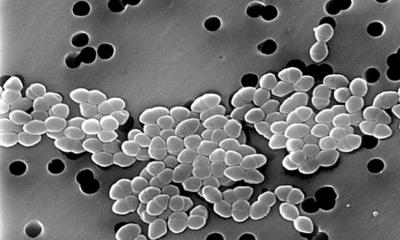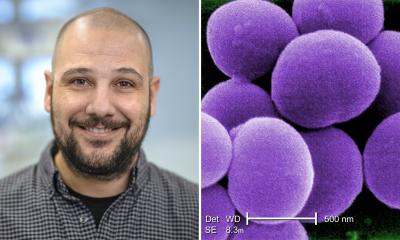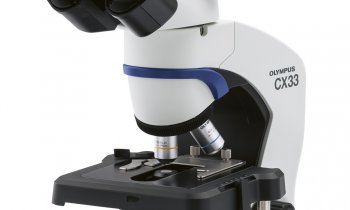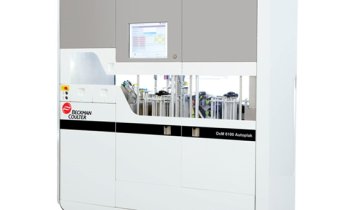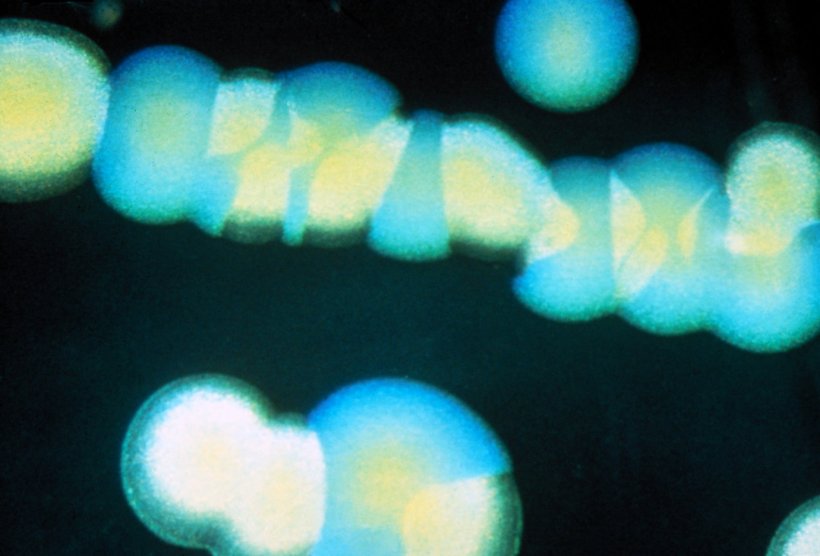
© INRAE - Guy Bezard
News • Focus on mutation frequency decline
A new strategy to combat antibiotic resistance
A consortium of researchers with multidisciplinary skills, coordinated by INRAE and including the CNRS, the Université Paris-Saclay and Inserm, has identified a molecule capable of “disarming” pathogenic bacteria in the face of the immune system, without any negative effects on the host microbiota.
These results, already patented and recently published in Nature Communications, are leading to the development of new drugs.
Antibiotic resistance is a major public health issue. According to the WHO, 5 million people die every year worldwide as a result of antibiotic resistance. This could become the leading cause of death by 2050. Although antibiotics have considerably reduced the mortality associated with infectious diseases, their sometimes excessive and abusive use has led to the development of bacterial resistance. Furthermore, as antibiotics generally target pathways essential for bacterial survival, they have a broad spectrum of action but lack specificity, with repercussions on all the bacteria of the host microbiota. The identification and characterisation of new bacterial drug targets and the design of innovative anti-infectives is therefore a scientific and medical priority.
Recommended article

Article • Bacterial defense mechanism
Antibiotic resistance: a global threat to healthcare
Antimicrobial resistance (AMR) is becoming more prevalent around the world, constituting a serious threat to public health. When bacteria acquire resistance against antibiotics, common medical procedures – for example, in surgery – become impossible due to the high infection risk. Keep reading to find out about AMR research, development of new antibiotics and antibiotic alternatives.
An INRAE research team has identified the mutation frequency decline (Mfd) protein, a virulence factor produced by all bacteria and essential for them to resist the host immune system. This protein has the additional function of promoting spontaneous and random mutations, which increase the capacity of bacteria to develop resistance. Following this discovery, the consortium of researchers came together to identify and develop a compound capable of blocking this protein and thus “disarming” the pathogenic bacteria.
From a library of 5 million molecules, the scientists identified a promising molecule, named NM102, capable of binding to the Mfd protein and preventing its activation. They carried out a series of tests, in vitro and then in vivo in insect and mouse models, which revealed 3 major effects of this molecule:
- It does not kill bacteria in the absence of toxic compounds produced by the immune system.
- It reduces the quantity of pathogenic bacteria in infected organs, without damaging the host microbiota.
- It is capable of blocking the function of Mfd as a mutation factor, thereby reducing the bacteria's ability to develop resistance to antimicrobials.
The molecule is thus capable of “disarming” pathogenic bacteria while protecting the bacteria in the microbiota. Most promisingly, this molecule is also effective against bacterial strains that are resistant to current treatments and originate from hospital patients.
Two patents have already been filed, on the identification of the bacterial target and on the identification of the molecule itself. In this study, the scientists also encapsulated the molecule in biodegradable nanoparticles to facilitate its administration. They are now working with the CEA on the chemical optimisation of analogous molecules and on the development of drugs to combat antibiotic resistance.
Source: INRAE
02.05.2025




